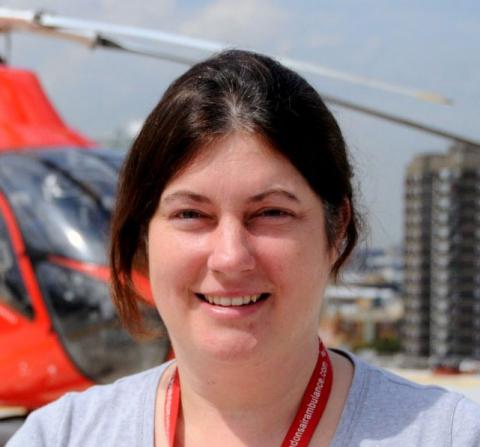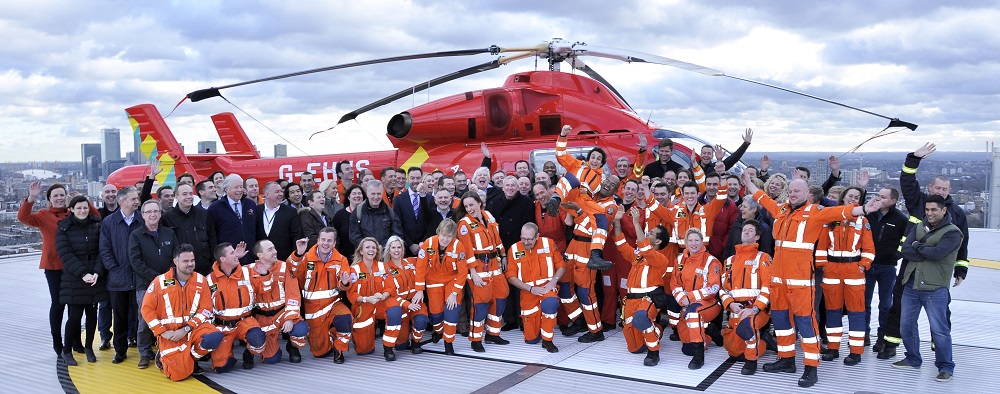13 Jul 2015

As we talk in the hospital cafeteria, Liz keeps running off to assist an elderly gentleman in a wheelchair. She might have been managing patient data at London’s Air Ambulance for the last 14 years but she can’t deny the many years she has spent as a nurse in the Emergency Department and at hospital wards.
Last week on the 10th anniversary of 7th July 2005, a date deeply embedded in the memory of all London’s emergency services and hospitals, Liz remembered the moment she left her desk at the helipad to help out in the Emergency Department of The Royal London Hospital. “There are patients you will never forget,” says Liz, “be it those involved in a major incident or someone whose destiny touches you. Seeing a record of a child close in age to your own is always moving says Liz.
The greatest medical invention of our time? We all carry it in our pockets
It is no exaggeration to say that records of all London’s Air Ambulance patients have passed through Liz’s hands as she has scanned and made inventories of our historical records— a number that now adds up to over 33,000. As someone who has been in a system renowned world-wide for innovation for the last 25 years and has handled the records of the UK´s first pre-hospital open heart surgery or the world´s first REBOA, what does she consider to be the most influential medical invention? “The mobile phone has probably saved more lives than anything else we have seen in the last few decades just because of the ability to call for help from an incident scene so quickly, perhaps receiving first aid advice from the call taker in the LAS control. Because of the seconds it saves. We now have applications like GoodSAM which alerts nearby trained first responders to medical emergencies. It is life-saving.”
“Orange on the outside, scrubs on the inside”

Liz has seen London´s Air Ambulance all the way through. In 1989 when the helicopter appeared on the rooftop of The Royal London Hospital, she was a nurse in an old fashioned uniform receiving our patients in the Emergency Department. In 2001 she became helipad based and has been managing patient projects and producing London´s Air Ambulance data and statistics since as a Patient Development Sister employed by Barts Health NHS Trust, the Trust we operate in partnership with. ”It is amazing to see how health care has progressed from a nurse-led Emergency Department with one consultant and a very small London’s Air Ambulance Charity to the system that we see today and a pre-hospital service now on the verge of getting a second helicopter,” says Liz.
A small window in saving a life
“London’s Air Ambulance is a part of a large team necessary to save someone’s life. We are a vital part of that team but we only have a small window with a critically injured patient. The life-saving chain starts with the person who calls 999 and continues with the call taker and a dispatcher at the London Ambulance Service Control Room, through our doctors, paramedics, fire crew, driver standards trainer and pilots to ward doctors, nurses, physios etc. who look after the patients for weeks or months throughout their recovery. In some cases, we have to work closely with the police and coroners. They are important too. When a life is saved, it is not just thanks to our clinical team. What about the surgeon who spent the night in the theatre — long after their shift had finished. It is also about the charity´s supporters. Those who give pennies in a collection box or anyhow contribute to the charity although they might not have much themselves. They too are a vital part of the team.”

